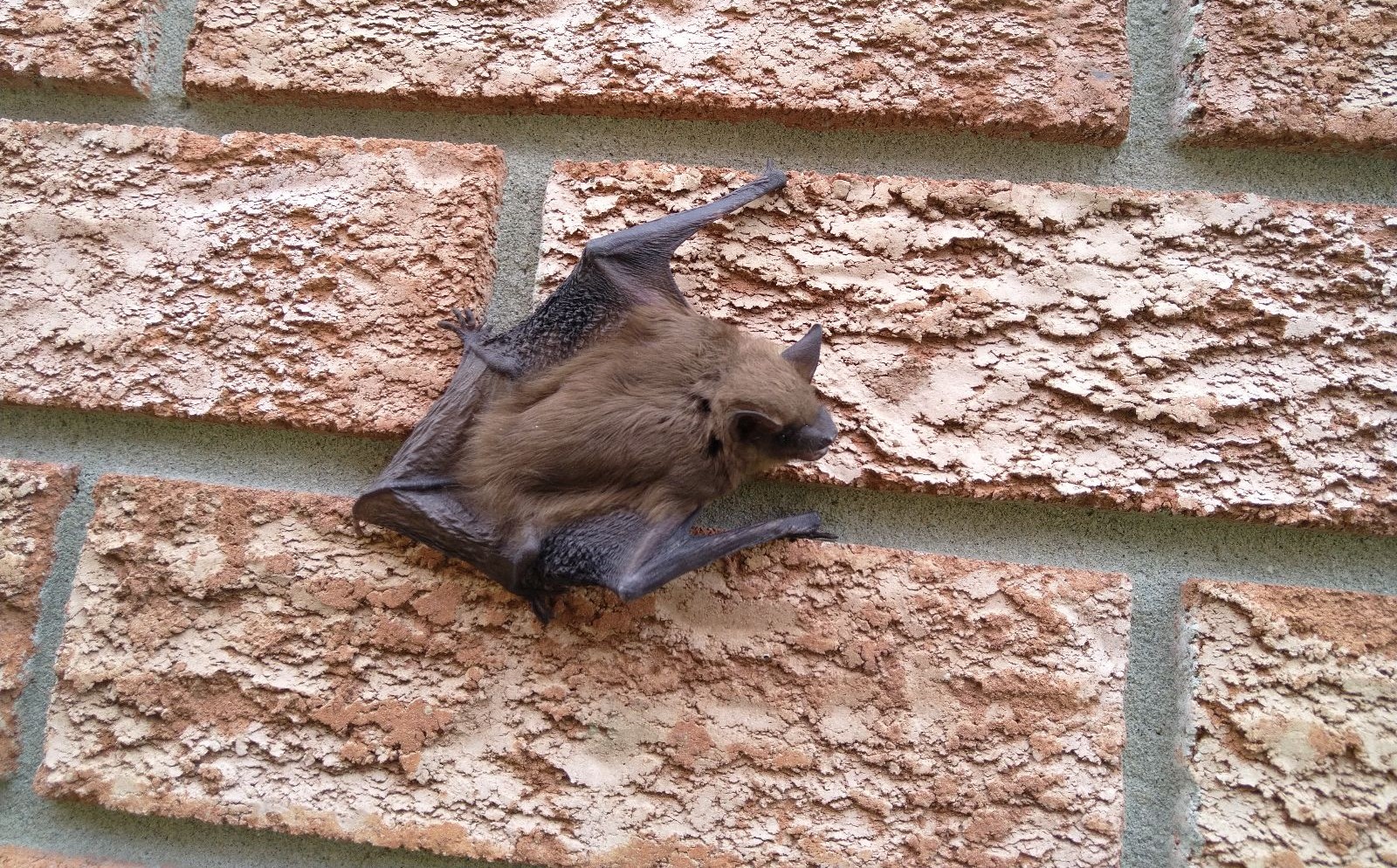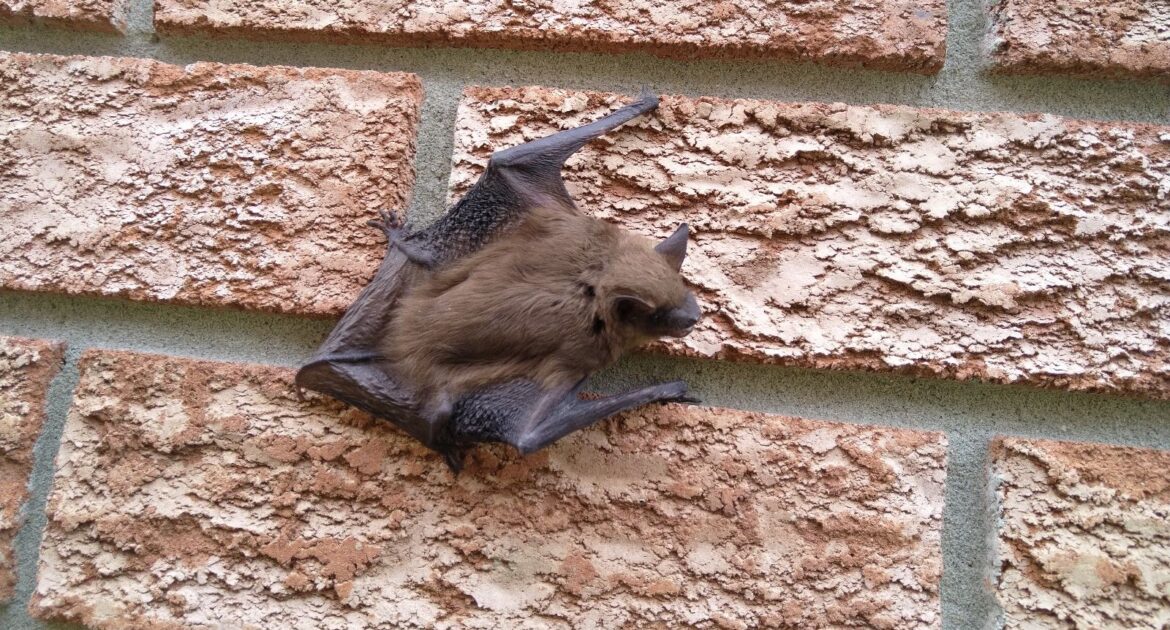Discovering bat droppings in your Pickerington home can be alarming, especially when you’re unsure what you’re looking at. Properly identifying bat droppings is crucial for homeowners who suspect these winged mammals might be roosting in their attics or walls. At Skedaddle Humane Wildlife Control, we regularly assist Columbus area residents in determining whether the mysterious pellets they’ve found are indeed signs of an infestation.
Learning to recognize droppings is your first step toward addressing a potential wildlife situation safely and effectively.
What Do Bat Droppings Look Like?
Bats produce droppings, also known as guano, which have distinctive characteristics that set them apart from other wildlife waste. Proper identification in Pickerington homes requires attention to several key features:
- Size and shape: They usually measure between 1/4 to 1/2 inch long and resemble elongated pellets with rounded ends, often likened to dark grains of rice.
- Texture: Unlike rodent droppings, guano has a dry, crumbly texture when old. Fresh droppings appear shiny and may contain visible insect parts.
- Color: Fresh guano is dark brown to black, eventually fading to a gray color as it ages and dries out.
- Location: Droppings typically accumulate directly beneath roosting spots, often creating noticeable piles on attic floors, along walls, or near entry points.
It’s important to understand the distinction between bat and mouse droppings. Mouse droppings, with pointed ends distributed along travel paths, differ from bat droppings, which collect in concentrated piles and include visible insect fragments when crushed.
Common Places to Find Bat Droppings in Your Home
Understanding where to look for guano can help you determine if you have an infestation. In Pickerington homes, we commonly find droppings in these locations:
- Attic spaces: The most common area for colonies and their droppings.
- Wall voids: Bats traveling through wall cavities leave droppings as they move.
- Near entry points: Areas surrounding entry/exit points often show staining and guano buildup.
- Exterior walls: Streaks or stains may appear below openings where bats enter and exit.
Look for patterns in these areas. Droppings often form cone-shaped piles directly beneath roosting spots. Finding these accumulations indicates that the bats have been present for some time.
Signs of Bats in Your Home Beyond Droppings
While identifying droppings is essential, other telltale signs can confirm an infestation in your Pickerington property:
Visual Evidence
- Bat sightings: Seeing bats flying around your property at dusk or dawn, especially near the roofline.
- Entry/exit points: Small openings (as small as a dime) along the roofline showing dark staining from body oils.
- Rub marks: Brownish oil stains near entry points from bat fur repeatedly making contact with surfaces.
Auditory Clues
- Scratching sounds: Light scratching or squeaking noises coming from walls or ceilings, particularly at dawn and dusk.
- Chirping: High-pitched vocalizations, especially noticeable during the warmer months when they are most active.
Olfactory Signs
- Musty odor: A distinctive ammonia-like smell that develops as guano accumulates over time.
- Urine crystallization: White, powdery streaks appearing on surfaces below roosting areas.
Health Risks Associated with Bat Guano in Pickerington
The presence of droppings in your home presents several significant health concerns that shouldn’t be ignored:
Histoplasmosis Risk
Histoplasmosis is the most serious health risk associated with bat guano. This respiratory disease is caused by inhaling spores from a fungus that grows in droppings.
Exposure occurs when:
- Disturbing dried droppings during cleaning
- Renovating areas with accumulated guano
- Working in attic spaces where colonies have lived
Symptoms to watch for include fever, chest pains, persistent cough, fatigue, joint pain, and shortness of breath.
Additional Health Concerns
Respiratory issues extend beyond histoplasmosis. Guano can trigger asthma attacks and allergic reactions in sensitive individuals. Accumulated droppings can also attract insects like cockroaches and flies, creating additional pest problems. Over time, the acidic nature of guano can deteriorate building materials, potentially compromising your home’s integrity.
Differentiating Bat Guano from Other Wildlife Droppings
Accurate identification of bat droppings requires comparing them to waste from other common wildlife:
Bat Droppings vs. Mouse Droppings
- Size comparison: While similar in size, mouse droppings have pointed ends, whereas bat droppings have more rounded ends.
- Distribution pattern: Mouse droppings appear along travel routes, while guano accumulates in piles beneath roosting spots.
- Content examination: Bat droppings contain visible insect parts when crushed; mouse droppings do not.
Bat Droppings vs. Bird Droppings
Bird droppings usually appear as splatter patterns with white uric acid and dark fecal material combined. In contrast, bat droppings are always separate pellets without the white uric acid component. To confirm, carefully crush a dropping (while wearing gloves). Bat guano will reveal shiny insect fragments and crumble into a fine powder.
The Emotional Impact of Discovering Bats in Your Home
Finding evidence of bats in your Pickerington home can trigger significant psychological responses that shouldn’t be overlooked:
Common reactions we observe:
- Fear and anxiety about potential health risks or encounters with bats
- Sleep disruption due to the presence of audible scratching sounds
- Embarrassment, deterring homeowners from inviting guests over
- Property value concerns about potential impacts on home value or sale prospects
We understand these emotional responses are valid. Our approach addresses both the wildlife situation and your concerns, providing peace of mind along with effective solutions.
Professional Bat Dropping Cleanup: What to Expect
When dealing with guano in your Pickerington home, professional cleanup is strongly recommended due to health risks and the specialized equipment required:
The Professional Cleanup Process
Our guano cleanup process at Skedaddle follows these essential steps:
- Assessment: We evaluate the extent of contamination and identify all affected areas.
- Safe removal: Using proper protective equipment, we remove accumulated guano and contaminated materials.
- Disinfection: All affected surfaces are treated with specialized products that eliminate harmful bacteria and fungal spores.
- Prevention: We seal entry points as small as a dime to prevent future infestations.
Professional cleanup includes a safe handling protocol, where our technicians wear appropriate protective gear including respirators, gloves, and full-body coverings to prevent exposure to harmful pathogens.
When to Call Wildlife Control Professionals
Knowing when to contact wildlife removal experts about droppings in your Pickerington home can save you from health risks and property damage. If you notice signs of bat droppings or other indicators of an infestation, it’s imperative to act quickly. Contact Skedaddle Humane Wildlife Control for expert evaluation and remediation. Our experienced team will safely and efficiently address your bat problem, ensuring your home is free from wildlife intrusions and associated health risks. Don’t wait until the problem escalates—contact us today to safeguard your family and property.




